Polluted Delhi air akin to death sentence, say doctors
Smog is blamed for the deaths of more than one million Indians every year
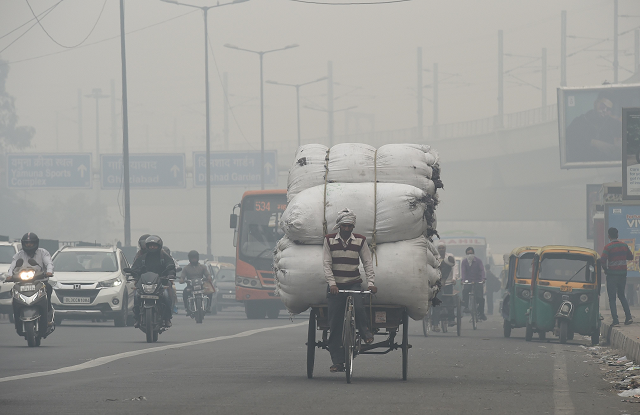
An Indian man (R) with his face covered walks amid heavy smog along a street in New Delhi on November 5, 2018. PHOTO: AFP
Smog is blamed for the deaths of more than one million Indians every year and Delhi - which on Monday had emergency pollution levels more than 35 times the World Health Organization safe limit - has the worst air of any global capital.
Every November, hospital wards fill with gasping patients as the tell-tale thick grey haze which hit on Monday shrouds the city of 20 million.
"Delhi air is like a death sentence for him," said Srinivas K Gopinath, a thoracic surgeon at Sir Ganga Ram hospital in the Indian capital where 29-year-old Kumar was treated.
Thick haze engulfs Delhi as air pollution worsens
Gopinath fears for his patient, who survived tuberculosis but is now at the mercy of another invisible killer.
As cooler air traps pollutants close to the ground, Delhi's levels of PM2.5 - particles so tiny they can enter the lungs and bloodstream - soar dangerously.
One of the worst times is around the Hindu festival of Diwali as smoke from millions of crackers set off by festive revellers mingles with car exhaust, factory emissions, construction dust and smoke from crop fires in nearby states.
Pollution readings can reach so high they do not register on scientific instruments.
In the Anand Vihar suburb, the PM2.5 level rocketed to 908 on Monday. The WHO sets 25 as its recommended average safe level.
Kumar is due to be discharged from hospital around the time of the festival on Wednesday.
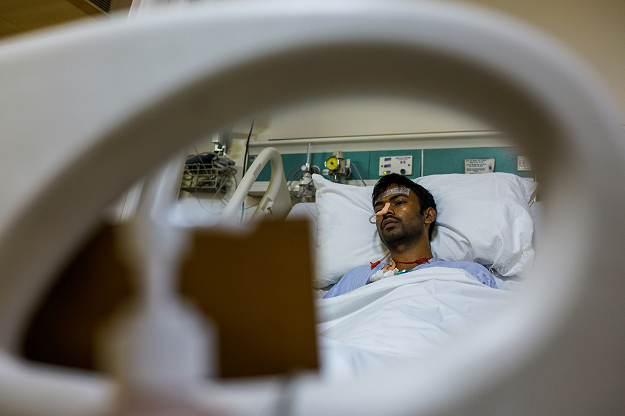 In this photograph taken on November 3, 2018, Yogesh Kumar rests after undergoing an operation to remove a diseased lung at Shri Ganga Ram hospital in New Delhi. PHOTO: AFP
In this photograph taken on November 3, 2018, Yogesh Kumar rests after undergoing an operation to remove a diseased lung at Shri Ganga Ram hospital in New Delhi. PHOTO: AFP"Inside (the hospital) the air quality is maintained, but once he steps out the bad air will start affecting him," Gopinath told AFP.
"His resistance is weak. He has only one lung which is now really precious. Imagine having to cope up with such bad air with only one lung."
But Kumar is far from alone.
Children, the elderly and those with respiratory ailments like asthma suffer the most from Delhi's smog, which lingers until late February.
Exposure to toxic air kills hundreds of thousands of children every year, the WHO said in an October report.
Children breathe more rapidly than adults, taking twice as much polluted air into their tiny bodies.
It has devastating effects on children in Delhi, say doctors.
"A child who is born in Delhi is taking in gulps of bad air which is equivalent to smoking 20 to 25 cigarettes on the first day of his life," said Arvind Kumar, a prominent Delhi lung surgeon.
For years the surgeon has tirelessly campaigned to raise awareness about the dangers of air pollution, which the WHO last month likened to the tobacco epidemic.
On hospital grounds this weekend Arvind Kumar ordered the installation of giant, artificial lungs fitted with filters to demonstrate the damaging effects of smog.
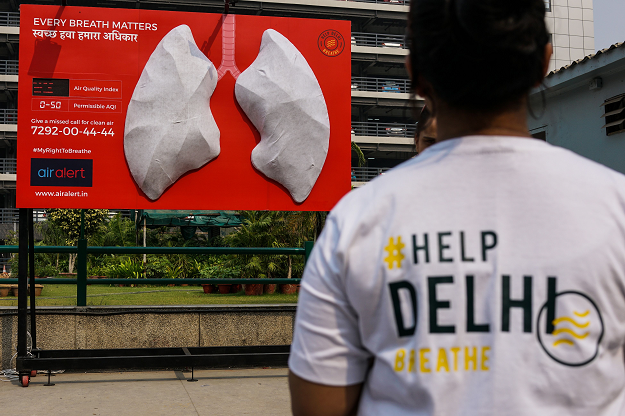 In this photograph taken on November 3, 2018, an installation of a giant set of lungs is seen at Shri Ganga Ram hospital in New Delhi. PHOTO: AFP
In this photograph taken on November 3, 2018, an installation of a giant set of lungs is seen at Shri Ganga Ram hospital in New Delhi. PHOTO: AFPMany of the patients he sees already bear physical scars from breathing a lifetime of Delhi air.
"These are non-smokers, but even they have black lungs," he told AFP.
"Even teenagers have black spots on their lungs. This is frightening."
WHO says air pollution kills 600,000 children every year
Despite Delhi's smog reappearing every winter, official efforts to combat it have been ineffectual.
Emergency measures such as banning construction, cutting down traffic and prohibiting the use of diesel generators have had little effect.
More long-term solutions remain elusive. State governments have refused to cooperate on root causes of the crisis, such as farmers using fire to clear their land on the outskirts of Delhi.
Surgeon Kumar said pollution needed to be tackled at its source.
"Everything else is just eyewash," he said.



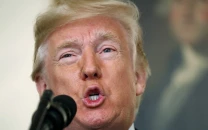
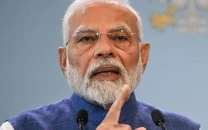
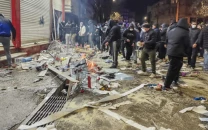
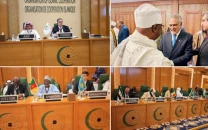












COMMENTS
Comments are moderated and generally will be posted if they are on-topic and not abusive.
For more information, please see our Comments FAQ